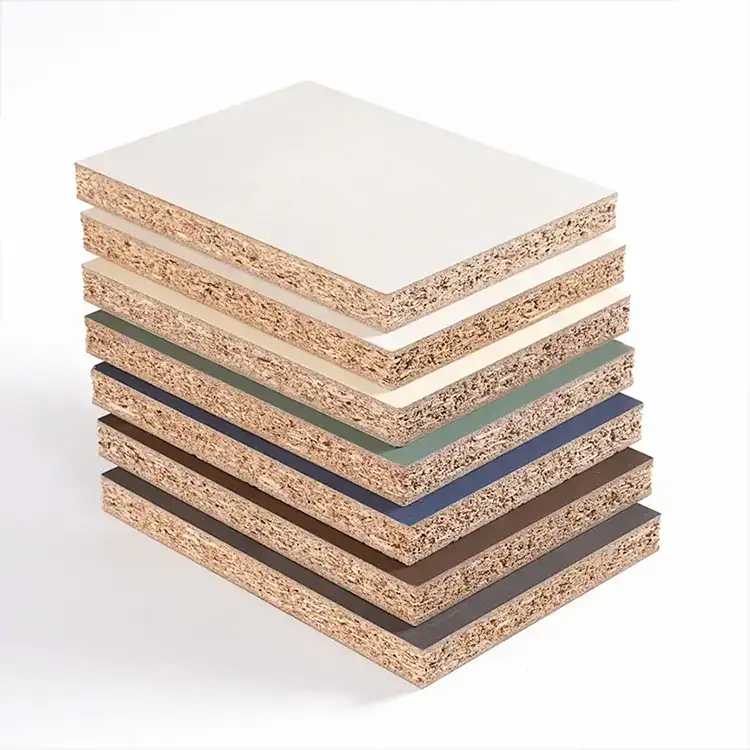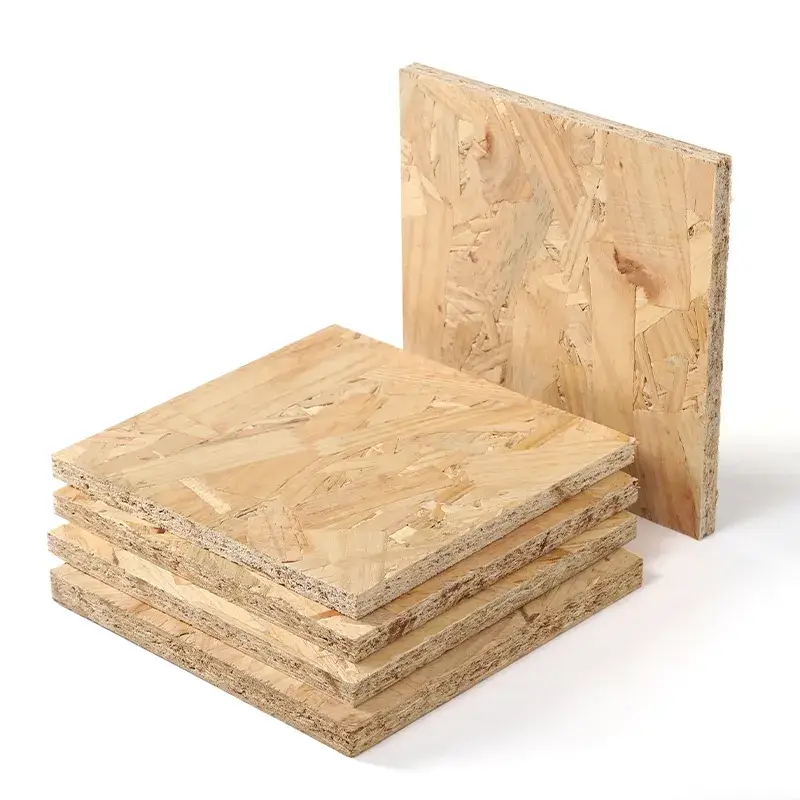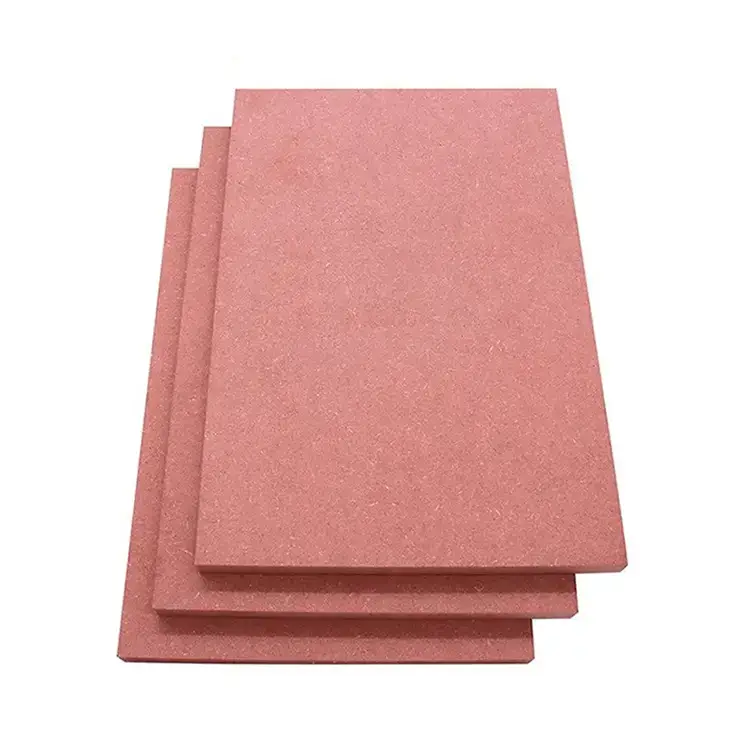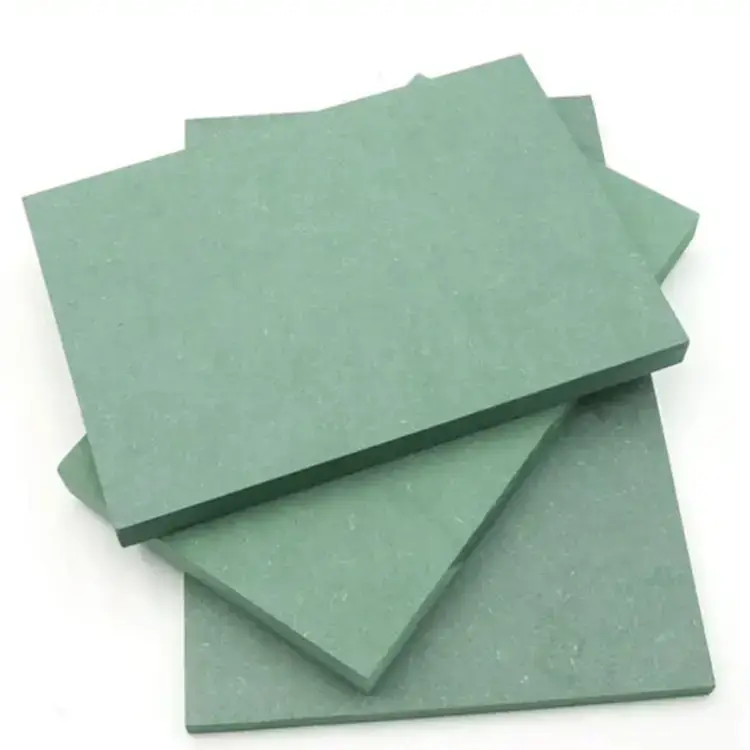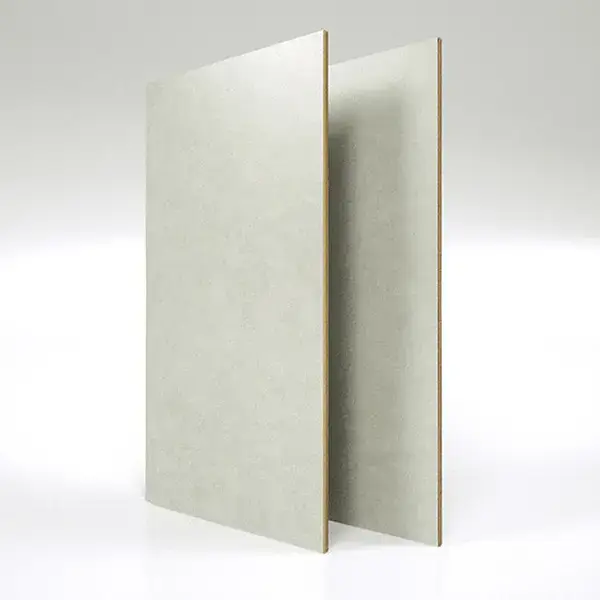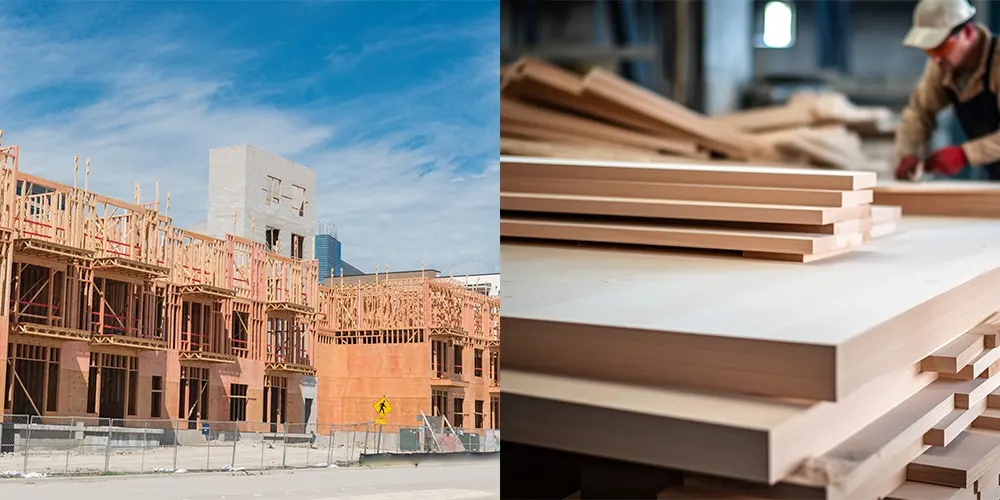
The Battle of Structural Sheathing Materials
Builders have long grappled with the choice between two primary structural sheathing materials: plywood and oriented strand board (OSB). Both materials have their merits, but the decision often comes down to durability. OSB, with its appearance of wood chips glued together, has garnered skepticism from some builders. However, OSB’s dominance in the structural sheathing market seems inevitable. In this article, we’ll explore the historical background, technical merits, and approved uses of these materials, shedding light on the plywood vs. OSB debate.
Historical Background
Structural plywood has a storied history dating back to the early 20th century when it was first produced using non-waterproof glues. Delamination issues plagued plywood until waterproof synthetic resins were developed during World War II. This led to plywood’s widespread use, particularly in the booming housing market of the 1950s. In contrast, OSB emerged relatively recently, with the first oriented strand board produced just 14 years ago.
Approved Use
Both OSB and plywood serve as suitable materials for wall sheathing. For roofs, organizations like the National Roofing Contractors Association recommend APA performance-rated OSB and plywood panels, although some roofing manufacturers express a preference for plywood due to concerns about dimensional stability. However, Florida’s Dade County remains the only district to prohibit OSB as a roof deck, citing issues during hurricane damage.
Technical Merits
From a structural perspective, both OSB and plywood meet the criteria set by model building codes. The APA (Engineered Wood Association), responsible for approving a significant portion of structural panels used in residential construction, treats OSB and plywood as equals in performance guidelines. Wood scientists agree that their structural performance is equivalent. They share similar exposure durability classifications, performance standards, and span ratings. Installation requirements are virtually the same.
Market Dynamics
OSB’s reputation as a lower-cost alternative to plywood has contributed to its growing market share. Price differentials between OSB and plywood have encouraged builders to switch to OSB, often resulting in substantial savings. However, public perception remains a challenge. Homeowners may suspect that builders are compromising on quality when choosing OSB over plywood due to its visually striking appearance and unfamiliarity.
Future Outlook
Despite skepticism and public perception challenges, OSB is steadily becoming the preferred structural panel. The market trend shows a shift away from plywood in favor of OSB, driven by cost savings and improved OSB products. The future will likely witness further advancements in OSB technology to meet evolving market needs.
Add Your Heading Text Here
The debate between plywood and OSB for structural sheathing continues, with OSB gaining ground in the market. Both materials have their strengths and are considered equivalent in terms of structural performance. While plywood may offer a certain level of familiarity, OSB’s lower cost and consistent quality are pushing it into the forefront of the construction industry. As technology evolves, OSB is expected to become an even more reliable and versatile choice for builders.

